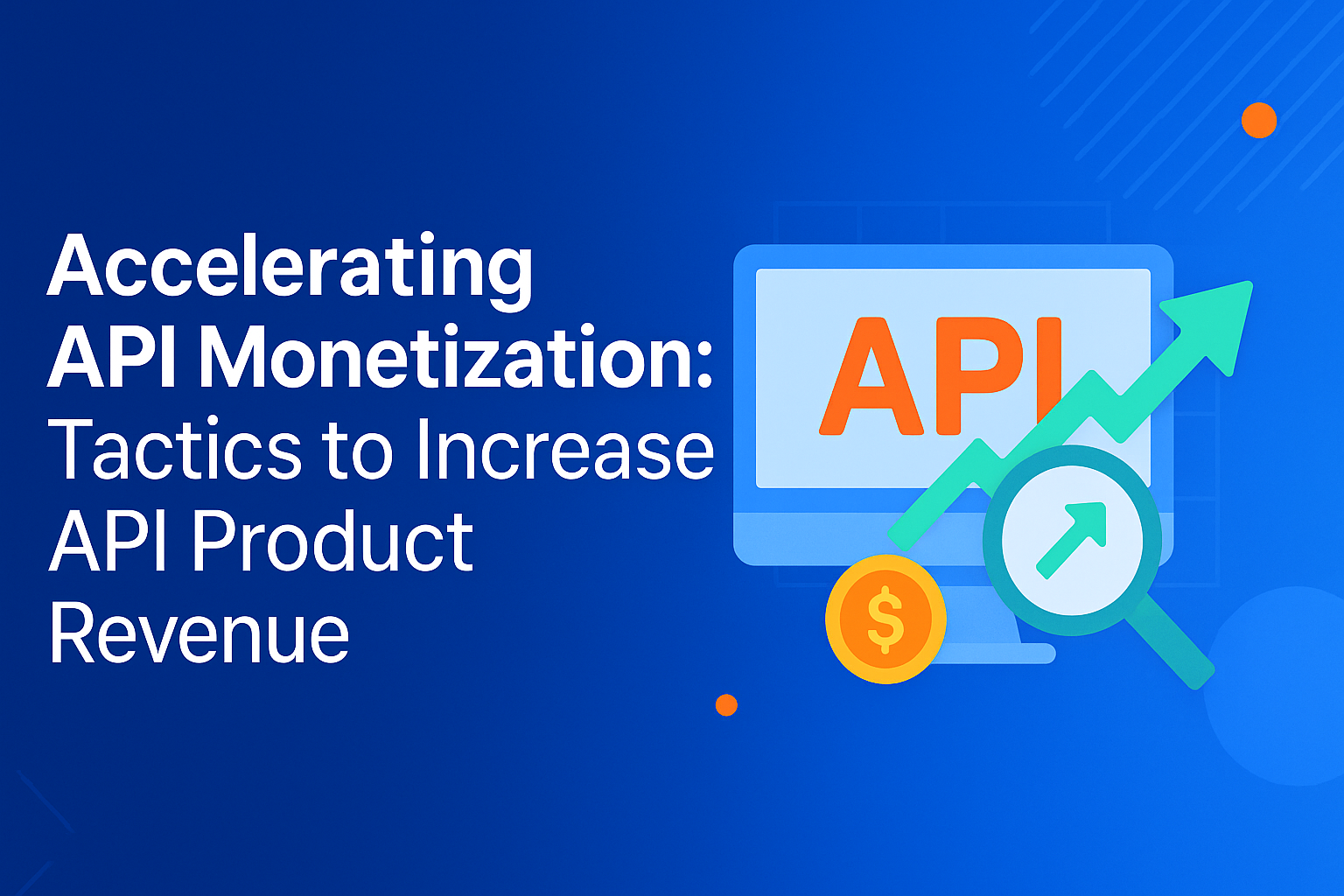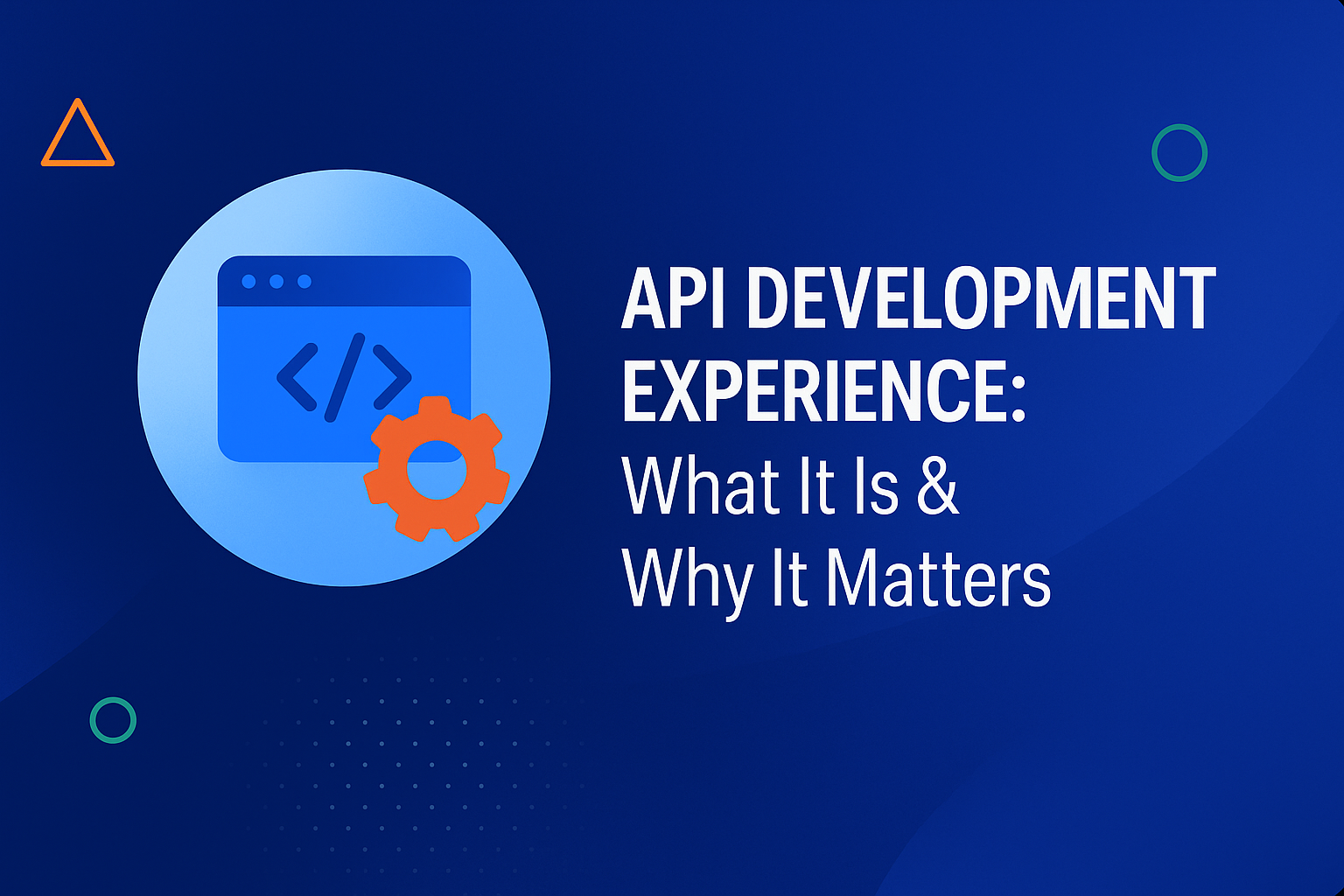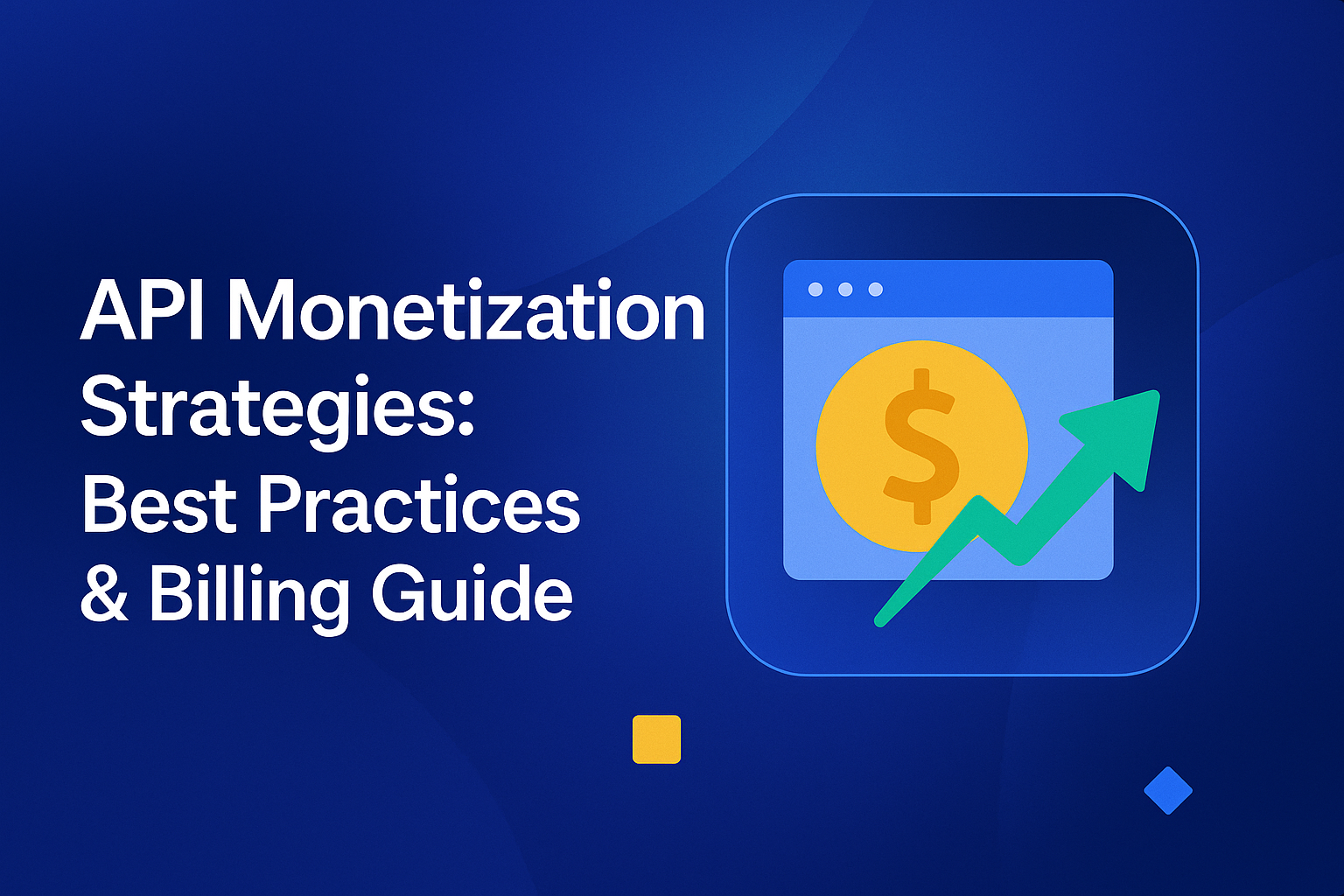
APIs have evolved from being technical enablers to becoming core revenue drivers for digital businesses. Yet, most organisations struggle to convert API usage into measurable growth. Accelerating API product revenue isn’t just about pricing or packaging; it’s about treating APIs as full-fledged products with defined value, discoverability, and monetisation models.
As more enterprises adopt self-serve developer experiences and marketplace-style distribution, the opportunity to scale API income has never been greater. In this blog, we’ll explore the foundation of API monetization and key frameworks that help teams turn their APIs into predictable, high-margin revenue streams.
Key metrics & foundations before you monetize
Before you can monetise your APIs, you need to build a foundation of visibility, reliability, and governance. Tracking the right metrics ensures your APIs are not only technically sound but also commercially viable. These insights help you identify which APIs deliver the most value and are ready to become revenue-generating products.
1. Usage analytics
Track active users, request volumes, and endpoint popularity to pinpoint high-performing APIs. These metrics reveal which APIs have consistent demand and justify premium pricing. A clear view of usage patterns also guides packaging, tiering, and scaling decisions.
2. Developer experience metrics
Measure onboarding speed, time-to-first-call, and retention rates to gauge usability. A smooth self-serve experience encourages adoption and repeat usage, directly influencing monetisation potential. High friction here often leads to poor conversion, even if the API is valuable.
3. Performance & reliability
Monitor latency, uptime, and SLA adherence to maintain trust. APIs that perform consistently are more likely to attract paying customers and partners. Even minor downtime can damage credibility and revenue pipelines.
4. Security & governance controls
Implement RBAC, rate limits, and quota management from the start. Strong access controls prevent abuse while enabling differentiated pricing for premium tiers. Governance ensures compliance and stability as your API footprint grows.
5. Unified observability
Integrate analytics across gateways and environments to gain a single source of truth. Unified observability helps forecast demand, detect anomalies, and optimise pricing dynamically. It transforms data into insights that power revenue acceleration.
Accelerating revenue growth: Tactical approaches
Once the foundations are in place, the next step is to shift from operational readiness to commercial acceleration. This phase is where your APIs evolve from technical assets into scalable revenue products. Accelerating revenue growth means optimising not only how you price and distribute APIs but also how you design, position, and automate them. These tactical approaches ensure your APIs generate predictable, recurring income while building long-term ecosystem value.
1. Productise and package APIs
APIs become easier to monetise when they are treated as products, not endpoints. Productisation involves grouping related APIs into logical bundles that address specific business or developer needs, such as “Payments,” “Customer Insights,” or “Fraud Detection.” This abstraction helps non-technical stakeholders understand the value proposition and makes it easier to set pricing tiers, SLAs, and business metrics.
Effective packaging also helps you scale faster by creating repeatable offerings. Instead of custom integrations for every client, you can offer pre-defined API bundles with usage limits and pricing tiers. This approach reduces sales friction and enables teams to upsell features or expand existing contracts as usage grows, turning APIs into modular, revenue-driven components.
2. Launch a developer marketplace portal
A self-serve developer marketplace portal is one of the most powerful levers for accelerating API revenue. It acts as your storefront, allowing developers and partners to discover, test, and subscribe to APIs without manual intervention. Clear documentation, API testing sandboxes, and automated onboarding (such as GPT-style assistants or integrated SDKs) dramatically shorten the time from interest to activation.
Moreover, a marketplace centralises monetisation workflows, billing, subscription management, quotas, and analytics under one experience. This enables you to offer transparent pricing, experiment with packages, and provide instant access to new features. When APIs are easily discoverable and measurable, conversion rates and retention improve naturally, building a steady revenue pipeline.
3. Optimise pricing and monetisation models
Revenue acceleration depends heavily on how well your pricing aligns with perceived value. Start by testing pricing models like pay-as-you-go, tiered subscriptions, or freemium access to lower entry barriers. Analyse API consumption patterns to identify which endpoints or bundles drive the most value, then adjust pricing dynamically to reflect actual usage and outcomes.
Advanced monetisation platforms also allow automated billing and real-time quota management, eliminating the need for manual oversight. By using granular metrics such as cost per request, average revenue per user, or endpoint ROI, you can fine-tune pricing to maximise margins. Transparent and data-driven pricing not only increases trust but also positions your APIs competitively in an increasingly crowded market.
4. Build ecosystem partnerships
Partnerships can multiply your API’s reach faster than any standalone campaign. Collaborate with fintechs, SaaS vendors, or data providers who can embed your APIs into their platforms, creating new revenue streams through co-selling or revenue-sharing models. Joint go-to-market initiatives can also expose your APIs to adjacent markets and developer communities that you might not reach otherwise.
Beyond commercial alliances, ecosystem building strengthens your brand’s developer trust. Participating in hackathons, community programs, or open-source initiatives helps establish your APIs as industry standards. Each integration or partner extension increases usage and stickiness, making your revenue growth sustainable through network effects rather than one-off transactions.
Step-by-step roadmap to accelerate your API revenue
Accelerating API revenue is not a single action; it’s a structured journey. You move from defining value to scaling impact through data, automation, and partnerships. Here’s a step-by-step roadmap to help you turn your APIs into predictable, high-growth revenue products.
- Identify high-value APIs: Start by analysing usage patterns, adoption rates, and business dependencies. Focus on APIs that deliver measurable outcomes, like payments, identity, or data enrichment, as they’re easier to monetise. Prioritise those with consistent demand and low support overhead.
- Define the value proposition: Clearly articulate what problem each API solves and for whom. Translate technical features into business benefits that resonate with different buyer personas, developers, product managers, or enterprise clients. A strong value narrative helps you price confidently and market effectively.
- Productise and bundle offerings: Package APIs into functional groups or domain-based bundles. This approach simplifies adoption and allows you to create pricing tiers aligned with user needs. Productisation also helps you standardise documentation, SLAs, and support processes for scale.
- Implement robust analytics & metering: Set up usage tracking, billing metrics, and performance analytics early. Unified dashboards help you monitor consumption, detect anomalies, and optimise pricing. Data-driven visibility forms the backbone of sustainable monetisation.
- Enable self-serve access through a developer portal: A seamless developer experience is key to faster revenue growth. Provide a central portal where users can discover, test, and subscribe to APIs without Manual approvals. Integrate GPT-powered assistants or sandboxes to reduce onboarding time and improve conversions.
- Experiment with monetisation models: Start with tiered or pay-per-use plans, then evolve toward dynamic or usage-based pricing as adoption grows. Use consumption data to identify which pricing structures attract and retain users best. Stay flexible and iterate often.
- Automate billing, subscription & governance: Implement automation for invoicing, quota management, and access control. This reduces operational effort and ensures consistent customer experiences. Governance automation also prevents revenue leakage and supports audit readiness.
- Market & promote your APIs: Treat your APIs like digital products, use content marketing, case studies, and marketplace listings to drive visibility. Collaborate with partners, run campaigns, and showcase customer success stories to attract new segments.
- Monitor, optimise, and scale: Continuously analyse performance, usage trends, and churn. Double down on APIs that perform well and sunset those that don’t. Scaling revenue is an ongoing process, powered by iteration, automation, and deep customer insight.
How can you monetize APIs and accelerate revenue with DigitalAPI?
DigitalAPI helps enterprises transform their APIs into monetizable digital products by unifying management, governance, and analytics across multiple gateways. Instead of dealing with fragmented systems, teams can centralise API discovery, subscription, and billing in one unified platform, enabling faster go-to-market and seamless revenue capture.
With built-in monetisation capabilities, DigitalAPI allows you to define usage plans, automate billing, and manage quotas across internal, partner, and public APIs. Enterprises can package APIs into tiered offerings, apply pay-per-use pricing, or launch full-scale API marketplaces that support developer self-service.
It also offers advanced analytics and real-time observability for complete visibility into consumption patterns and ROI, helping teams adjust pricing and improve product performance dynamically. This when combined with AI-driven governance and a modern developer experience, DigitalAPI ensures that every API, no matter where it resides, becomes a secure, discoverable, and revenue-generating asset within your ecosystem.

You’ve spent years battling your API problem. Give us 60 minutes to show you the solution.
.svg)







